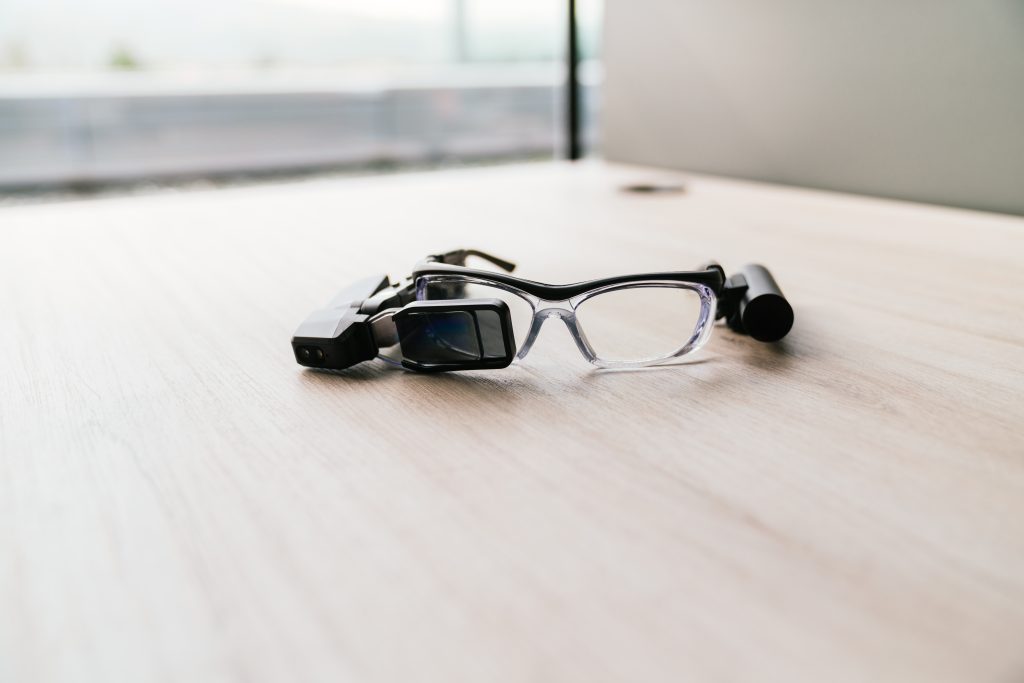
Chiang Chih-Hsiung, General Manager of Foxconn’s Business Group B and Digital Health Division, recently stated that the company’s AR (Augmented Reality) glasses are aimed at the consumer market and could enter mass production as early as next year, though the schedule has not yet been finalized. He noted that Foxconn will adopt a phased approach, gradually entering the next-generation human–machine interface (HMI) market with the ambition of becoming a leader in future interaction platforms. Foxconn believes that AR glasses—integrating near-eye displays and eye-tracking technologies—will be among the most promising solutions in the AI era.
Foxconn has also launched a collaboration with Nobel Vision Optics, focusing on ophthalmology and optometry. The partnership will conduct clinical studies on visual comfort and long-duration use, while also validating real-world applications. According to Chiang, this collaboration not only lays the groundwork for AR glasses in medical scenarios but also paves the way for entry into the consumer market.
Chiang revealed that the initial AR glasses will not be intended for medical applications but will target next-generation consumer HMI needs. The product is still undergoing pricing discussions. He added that near-eye displays combined with eye-tracking represent one of the most promising interactive interfaces in the AI era. In the future, Foxconn plans to further integrate wafer-level display technology and Micro LED. By building a comprehensive ecosystem from technology through to applications, Foxconn aims to establish a complete value chain.
Chiang emphasized that near-eye displays combined with eye-tracking represent the most promising HMI solution in the AI era. Wafer-level displays and Micro LED are key winning technologies, rooted in highly rigorous semiconductor processes. Globally, few companies are capable of mass production in this field. Foxconn intends to play an important role in the Micro LED supply chain and ecosystem, strategically moving beyond contract manufacturing to build a holistic system covering components, modules, systems, and applications.
Beyond ophthalmology, Foxconn is also advancing researches in multimodal medical models such as thoracic care, electrocardiograms, and breast cancer detection. At Taichung Veterans General Hospital, the company has already deployed nursing robots for new staff training, showing the potential to reduce routine nursing workload by 30–40%. In the future, AR glasses could be closely integrated into clinical information display, remote guidance, and process navigation, further strengthening Foxconn’s comprehensive smart healthcare solutions.
(Photo credit: FREEPIK)
TrendForce 2024 Near-Eye Display Market Trend and Technology Analysis
Release Date:2024 / 07 / 31
Languages:Traditional Chinese / English
Format:PDF
Page:164
TrendForce 2025 Micro LED Display and Non-Display Application Market Analysis
Release: 29 May / 30 November 2025
Languages: Traditional Chinese / English
Format: PDF
Page: 119
|
If you would like to know more details , please contact:
|












